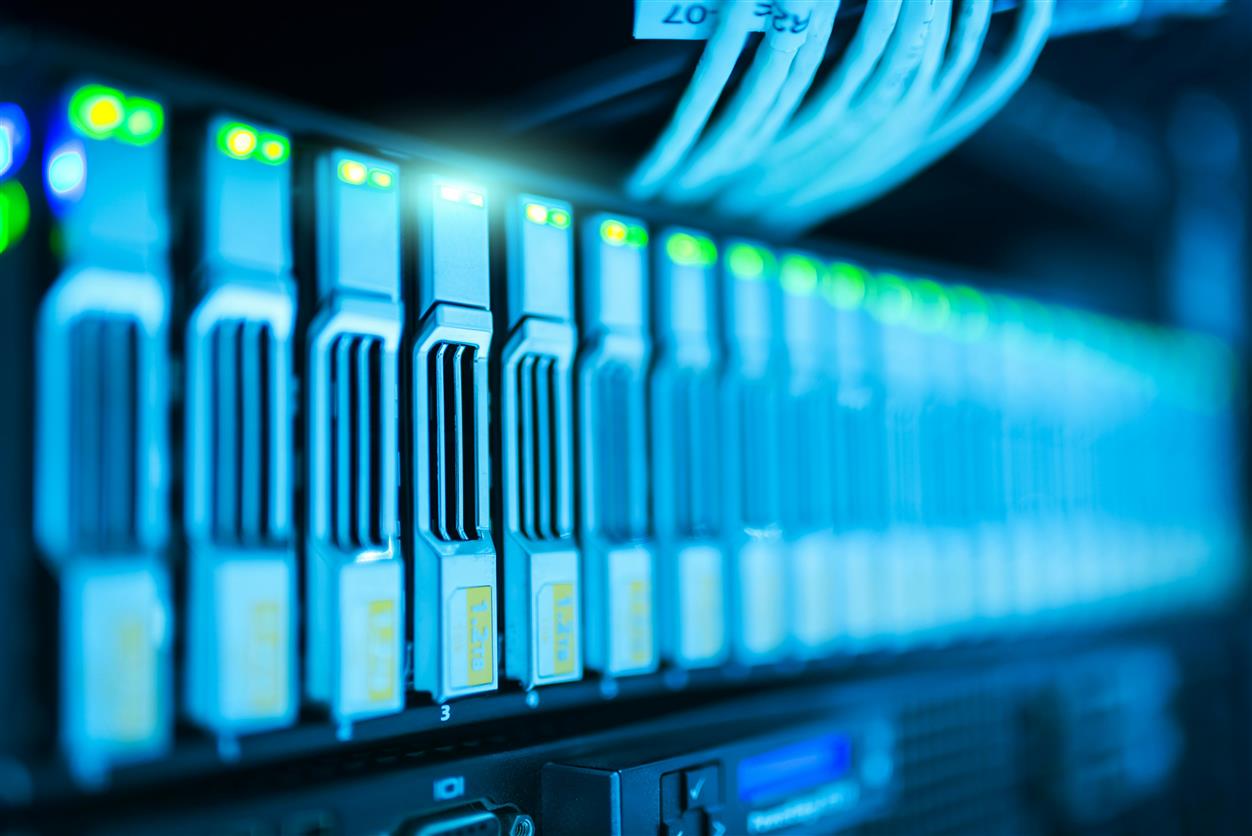
For much of the past two decades, the internet has been moving toward centralization. Despite early dreams of a free, open, and user-powered web, today’s internet is dominated by a handful of powerful platforms—companies that control not just how we access information, but what we see, who we connect with, and how our data is used. In response to growing concerns around surveillance, censorship, and monopolistic practices, a new movement has emerged: the push for a decentralized internet.
This isn’t just about new apps or fancy protocols—it’s about rewriting the underlying architecture of the web. At its heart, the decentralized internet is an attempt to shift control from tech giants to users, to move from centralized servers to peer-to-peer networks, and to ensure that data ownership and access rights rest with individuals, not corporations.
But how close are we to this becoming a reality—and is it even possible?
The Problem with Centralization
To understand the momentum behind decentralization, it helps to look at what’s broken. The current web—sometimes referred to as Web2—is built on a model where a small number of corporations provide infrastructure, host content, and manage identity.
Facebook, Google, Amazon, Apple, and Microsoft touch nearly every corner of the online experience. They provide the clouds that store data, the platforms where we communicate, the algorithms that shape visibility, and the pipes through which content flows.
This consolidation has serious implications:
- Censorship and moderation: When platforms set the rules, content can be removed or suppressed without public oversight.
- Data exploitation: Personal data has become a commodity, mined and monetized without real consent.
- Platform dependency: Users, developers, and creators often rely on a single gatekeeper’s terms of service—and can be cut off at any moment.
- Security risks: Centralized systems create single points of failure, attractive to hackers or vulnerable to technical outages.
These concerns have fueled interest in alternative models that prioritize user control, transparency, and resilience.

What Is a Decentralized Internet?
At a technical level, decentralization means that control and infrastructure are spread out across many nodes, rather than being concentrated in a few data centers. Instead of relying on one server or company, users share computing power, data storage, and governance responsibilities.
This idea takes many forms:
- Blockchain-based protocols: Systems like Ethereum aim to host decentralized applications (dApps) that aren’t dependent on a single authority.
- Peer-to-peer (P2P) networks: These allow users to connect directly, sharing files, content, or messages without routing through a central server. BitTorrent and IPFS (InterPlanetary File System) are prime examples.
- Decentralized social networks: Platforms like Mastodon or Bluesky offer alternatives to Twitter-like feeds, hosted across federated servers rather than one monolithic platform.
- Self-sovereign identity: Instead of using Facebook or Google logins, users manage their own digital identities through cryptographic keys or decentralized identifiers.
Taken together, these tools suggest a different vision of the web—one where users aren’t products, and platforms aren’t gatekeepers.
Why the Timing Matters
The push for decentralization isn’t happening in a vacuum. It coincides with:
- Public backlash against Big Tech: From congressional hearings to European regulations, there’s growing skepticism about corporate control over online life.
- Data privacy movements: Scandals like Cambridge Analytica and frequent data breaches have sparked demand for alternatives.
- Web3 momentum: Though still controversial and unevenly developed, the broader blockchain ecosystem has attracted attention (and capital) to decentralized ideas.
- Infrastructure maturity: Faster broadband, cheaper storage, and more accessible developer tools have made decentralized systems more feasible than in years past.
While still niche, these shifts suggest that a more user-driven internet is no longer just an academic idea—it’s a practical challenge to the status quo.
The Challenges Ahead
Despite the promise, building a decentralized internet is no small feat. The obstacles are technical, social, and political.
User experience remains a major barrier. Most decentralized tools are clunky, slow, and difficult to use compared to their centralized counterparts. Security protocols require users to manage their own keys—losing a password might mean losing access forever. Convenience often wins, and centralized platforms are very good at being convenient.
Scalability is another issue. Peer-to-peer systems must handle latency, bandwidth limits, and data synchronization across many devices. Blockchain networks, in particular, have struggled to match the performance of centralized servers, especially when user traffic spikes.
Monetization models are still being worked out. If platforms don’t sell ads or harvest data, how do they fund development and infrastructure? Crypto tokens offer one answer, but that market remains volatile and often speculative.
Governance is also complex. In a decentralized system, who sets the rules? Who enforces norms? While community-driven moderation sounds ideal, it can be hard to scale and prone to ideological fragmentation.
Finally, regulatory uncertainty looms large. Governments are still figuring out how to apply existing laws to decentralized networks, which can be hard to police and resistant to takedown requests.
Examples in the Wild
Despite these hurdles, several decentralized projects have gained traction:
- IPFS: This file-sharing protocol replaces URLs with content-addressed hashes, allowing users to access data from multiple nodes rather than a single server. It’s already being used by archival groups and content creators who want censorship-resistant storage.
- Mastodon: A decentralized microblogging network composed of thousands of independently run servers, Mastodon allows users to interact across domains without relying on a central company.
- Helium: A wireless network powered by user-owned hotspots, Helium demonstrates how physical infrastructure (in this case, IoT networks) can also be decentralized.
- Filecoin and Arweave: These projects provide decentralized storage solutions, with built-in incentives for users to store and share data.
- Brave Browser: While not fully decentralized, Brave integrates features like ad-blocking, crypto rewards, and privacy-focused search—nudging users toward a less centralized web.
These are early steps, but they show what’s possible when infrastructure shifts from corporate to community control.
Can We Really Break Free?
The dream of a decentralized internet is deeply appealing: more privacy, fewer gatekeepers, greater resilience. But reality is more complicated. Centralized platforms have a huge head start, immense resources, and billions of users. They’ve become woven into the fabric of daily life.
Breaking free doesn’t mean abandoning these platforms overnight. It might mean gradual steps—using open-source tools, supporting independent developers, decentralizing identity, or hosting personal content on user-owned servers. It may also mean regulation that reins in central powers and creates room for alternatives to flourish.
What’s certain is that the conversation is changing. As users grow more aware of how their data is handled and how their attention is monetized, the appetite for alternatives will grow. Whether those alternatives can truly replace Big Tech—or just coexist alongside it—remains to be seen.

Final Thoughts
The decentralized internet is not a silver bullet. It’s a set of principles, tools, and experiments aimed at reshaping how we connect, share, and build online. It challenges the assumption that the internet must be organized around a handful of dominant players.
Whether it becomes a mainstream reality or remains a parallel track depends on more than just code. It depends on culture, policy, and a willingness to reimagine digital life on different terms. The idea of breaking free from Big Tech might be ambitious—but as the cracks in centralization grow wider, it may also be inevitable.






